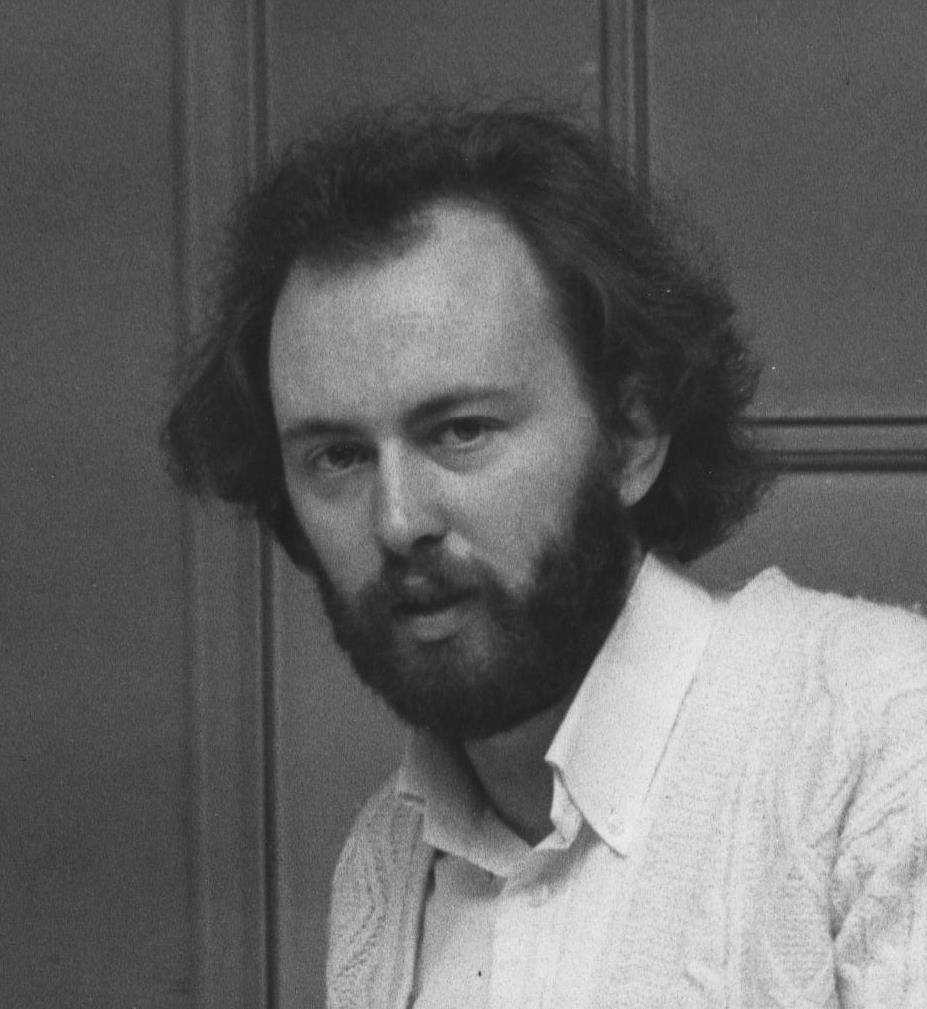| wowa remembers: |  |
read Wofgang Wagenhäuser´s own memories:

In the beginning, it was my mother who taught me how to "sound" the language. She opened up to me the many meanings of a word, depending on how I make it sound.
Then there was my father's guitar. To this day, I have rarely heard a guitar sound that is so warm but also changes intensities so much.
These two earliest experiences lead to one of my most important guiding principles in music: the soul of the tones. And in my experience, this must not happen only during interpretation. A composition without this soul cannot be brought to life by the best musician.
A second and third guiding principle also lie in my "single-digit" childhood. After four years of music lessons with my father, who began unconventionally with the circle of fifths, I studied with Wendelin Röckel. He had just come fresh from his studies in Rome at the St. Cecilia Academy with the Vatican organist Maestro Fernando Germani.
The fire and enthusiasm spread to me (an eight-year-old). We dived into the world of Gregorian chant and I got to know the aspect of melismas which was new to me - at first an apparent contradiction to the motherly "tones".
And I absorbed the pre-conciliar fulminant way of improvising church services. You could still "smell" St Peter's with my teacher. In the years that followed, many a priest and service-goer had to get used to the monumental organ-playing by me lanky boy. At 13, I played my first concert with my own improvisations and in the same year had my first stand-in for the cathedral organist in Frankfurt.
A few years later, conversations with my schoolmate Hans-Jürgen von Bose made me switch to the modernist track that was popular at the time. I indulged in serial techniques with my teachers Richard Rudolf Klein, Kurt Hessenberg and Hans-Dieter Resch. At the same time I studied piano.
My works were recognised and performed, but I was left increasingly dissatisfied. I found that a certain arbitrariness of sound results was inherent in the techniques. So after my studies I took a long creative break. Only under a pseudonym I fulfilled composition commissions for the German Dance Championships for 2 years (and thus learned again at the musical base).
In the following years, I continued to be active as a pianist in many premieres and performances of new music (e.g. in the Mutare Ensemble, Frankfurt), in addition to teaching and giving concerts.
But it was not until I was in my mid-thirties that a conductor remembered my creative side and commissioned a work from me. It was to be a musical fairy tale for the family concert series at the Alte Oper Frankfurt. And he wanted to take away the family audience's fear of twelve-tone music.
This pontiff role appealed to me and I looked for the compositional means for it. I was helped in this by the old traditional advice from Rome: You may always include something new, but it must be accompanied by something familiar enough for people to feel comfortable with it. And my preoccupations with mathematics, acoustics and astronomy had also steered me in this direction.
Let's take a look at nature, which, despite everything that can be digitised, only finds its respective meaning in the combinations and focal points. I already wanted to use the wholeness of the tonal space. But I divided the partial tone scale into 3 levels:
The lower two octaves with the basic sound that occurs three times and the "confirming" fifth: I christened this level archaic, among other things, because of its psychological effect.
The next two octaves, as they unfold and first the major and a particularly dirty seventh appear - before the major and minor sound again. And again and again, fundamental and fifth. I called this 2nd stage human - private.
Only in the 3rd degree (i.e. from the 5th octave on) do the 4 tones of the chromatic ladder that have been missing so far appear: (related to c) des, es, f and a. And of course there are further differentiations. This level, so far beyond the basic sound, I called spherical, expanding, exploding.
I now looked for the different mixtures of these levels and let them run horizontally as well as vertically. And lo and behold, paired with sometimes more conventional rhythmic models, the result was a sound picture that might seem almost conventional to the ear - but nevertheless brought in completely new stimuli.
The piece found many friends and, of course, also the usual enemies who, in their striving for something new, only wanted to acknowledge the respective revolutionisation of all means. Be that as it may, my path was found and it continues with ever new ideas and means - possibly less arbitrary - but as an evolutionary one.